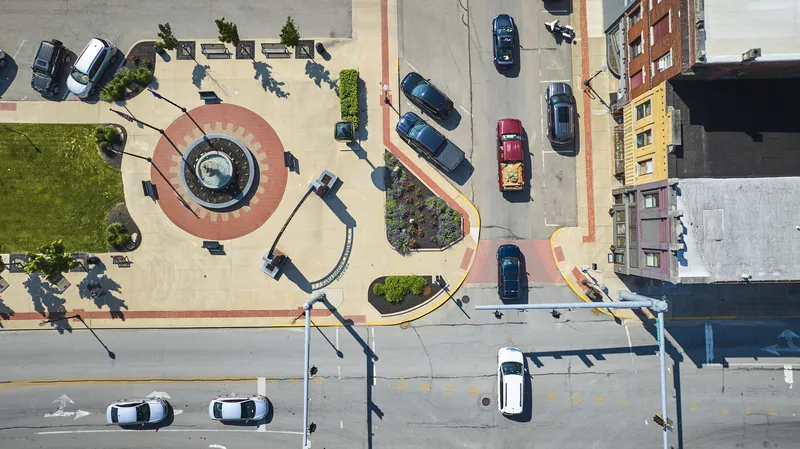Siemens has announced that the latest version of Scoot (Split Cycle Offset Optimisation Technique), the company’s adaptive traffic control system, has been integrated into its PC-based UTC system. Scoot MMX includes additional facilities to prioritise pedestrians at junctions, a significant upgrade of emissions estimates as well as features to improve operation during low flow periods. Siemens says PC Scoot with Scoot MMX will be available from September this year.
March 23, 2012
Read time: 1 min








